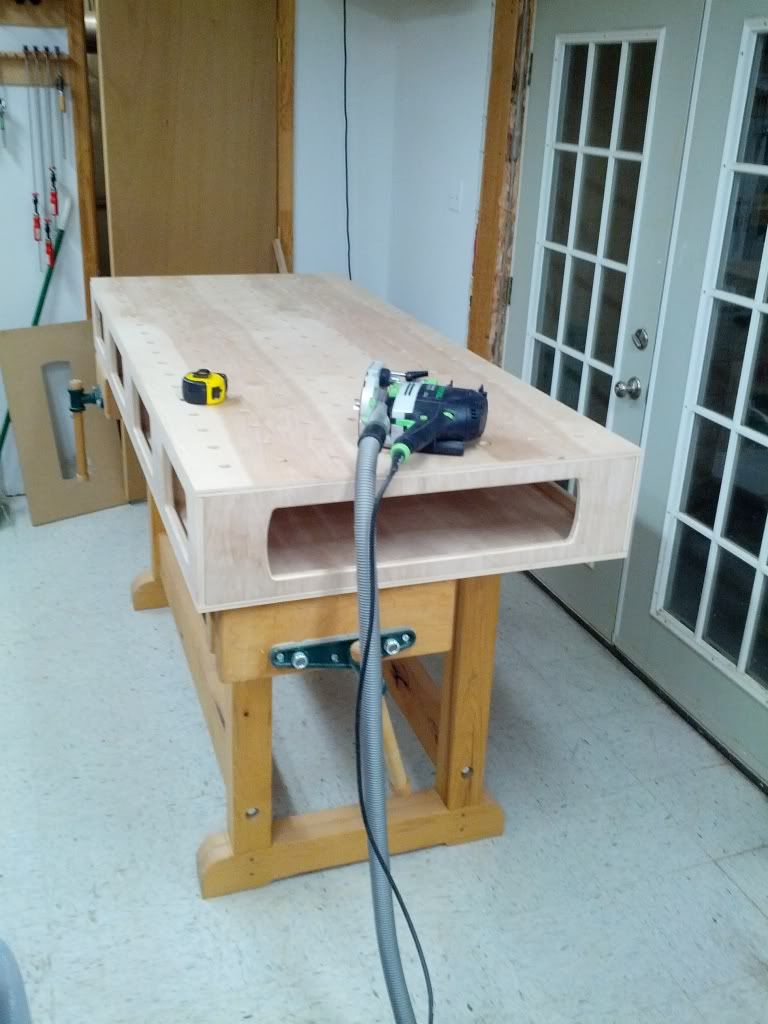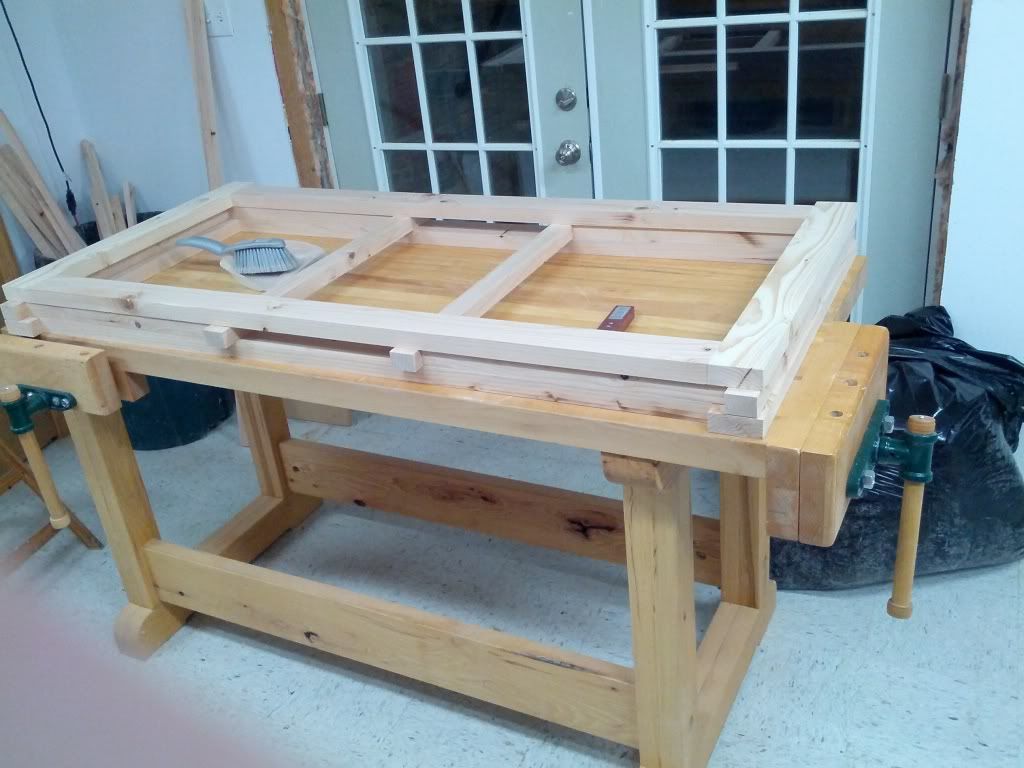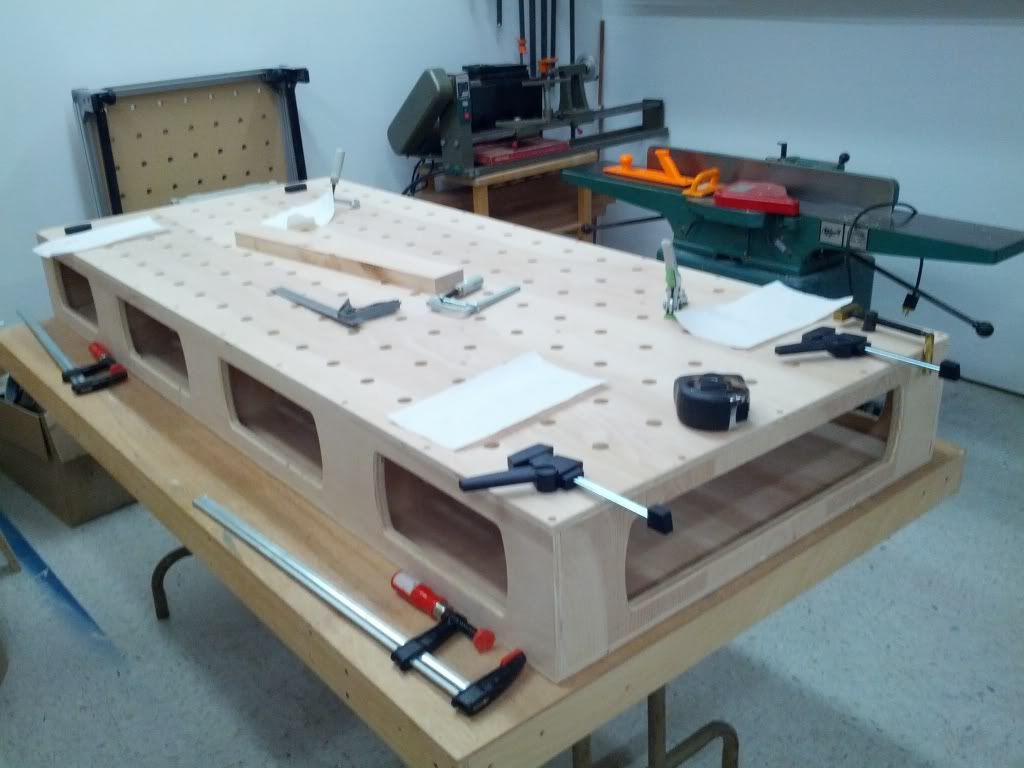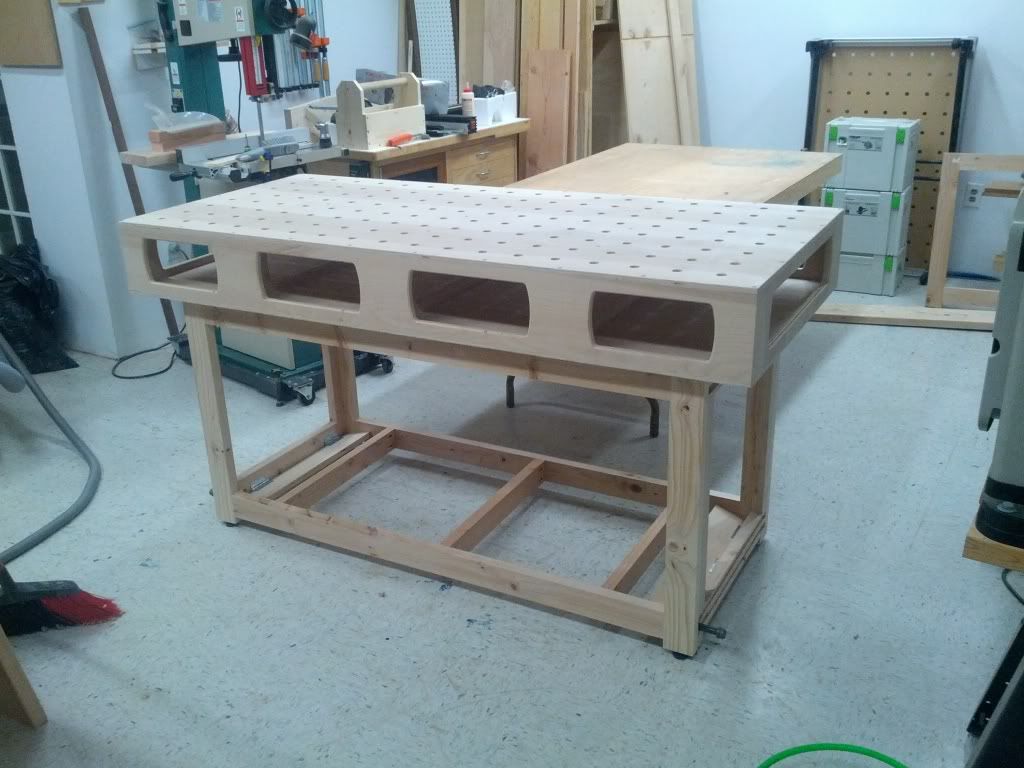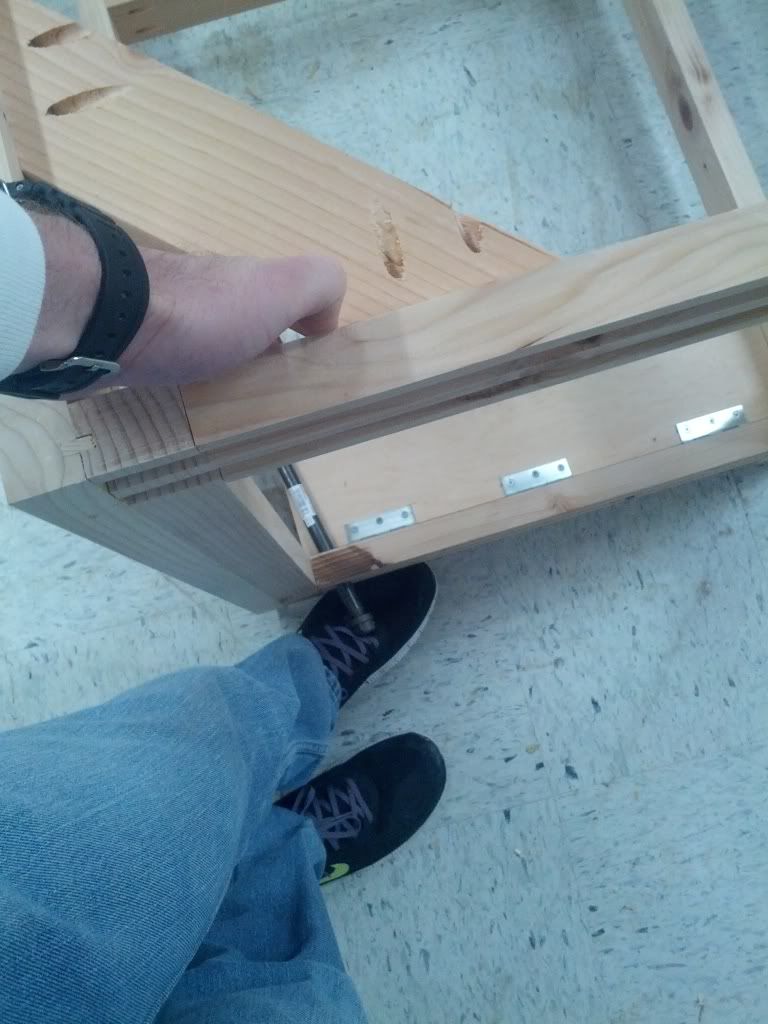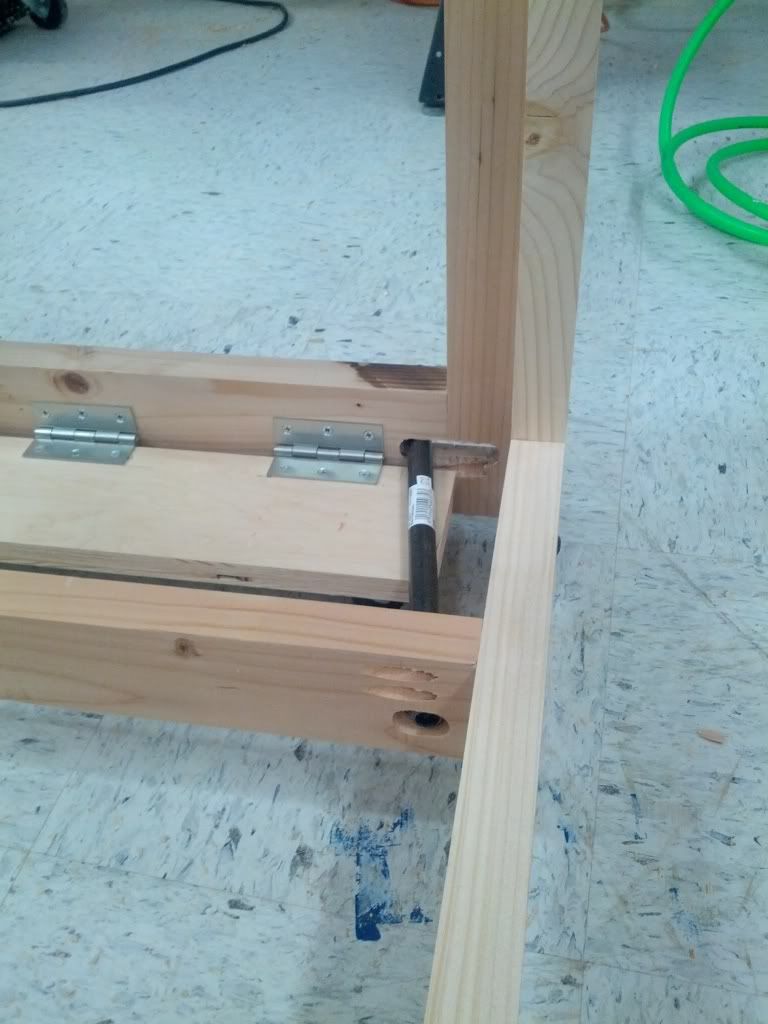Not nearly as bad as you might think:
1) trace out the tools on a wide board.
2) route the horizontal finger grooves.
3) using a jigsaw cut out the traced tools all the way through the board.
4) glue another board behind the first.
5) add triangles on the sides and mount on the wall.
1) trace out the tools on a wide board.
2) route the horizontal finger grooves.
3) using a jigsaw cut out the traced tools all the way through the board.
4) glue another board behind the first.
5) add triangles on the sides and mount on the wall.

